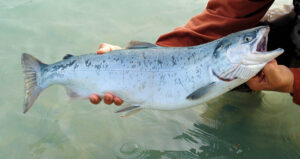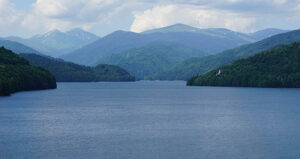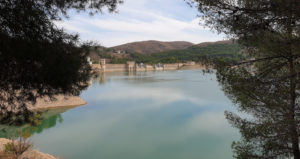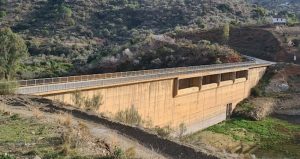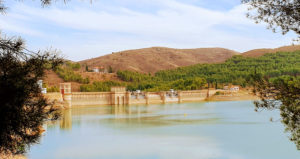Europe’s dam removal is going full steam ahead
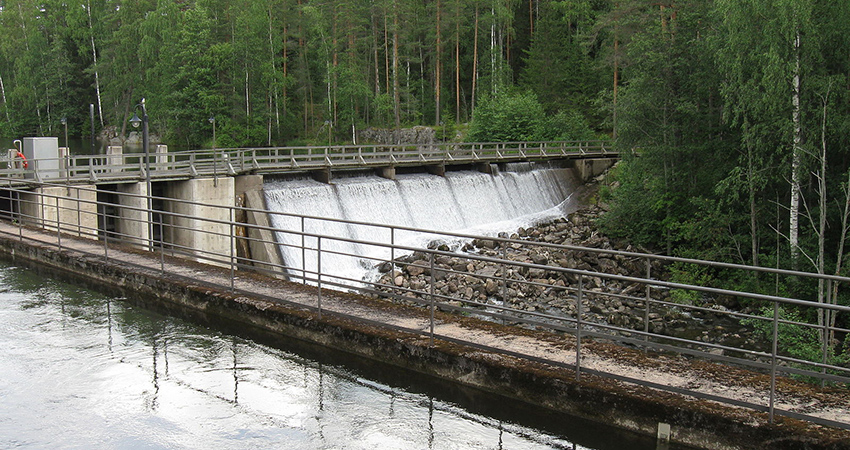
-
 Savina Karneva
Savina Karneva
Share article:
A new report of Dam Removal Europe shows an increase of 137% of barriers being removed compared to previous years. Last year Spain was leading with 108 structures removed. The most efficient method for restoring free-flowing rivers of fish is through dam removal. Barrier removals are aiming to restore river longitudinal connectivity and are becoming common practice in Europe.
The report, published by Dam Removal Europe, counts for at least 239 dams removed in 17 European countries in 2021. 76% of the barriers were low-head dams, however, 24% of the total were higher than 2 meters, causing river flow damages. Spain is one of the leading countries in the initiative with 108 dams taken out, one of which was 13 meters high. Other European countries such as Portugal, Montenegro and Slovakia also follow the example by reporting the first removal of dams ever. France is facing challenges with the trace of barrier removals since the six French Water Agencies are funding projects related to restoring projects that should be completed for three years, leading to complexity in tracking annual progress.
Big ambitions
In 2021 Europe started slowly but had big ambitions to remove dams. The World Wide Fund for Nature (WWF) started with Dam Removal Europe an initiative Big Jump Europe. Together these organisations represent more than 300 nature conservation organisations. In 2021, they started to bring citizens together to raise funds for the removal of obsolete dams and barriers.
The Hiitolanjoki project
Finland announced the shutting down of a functioning hydropower dam as part of the Hiitolanjoki project which is the largest river restoration project in the country. The funding was gathered through authorities, foundations, private investors, and associations. The project was carried out through the South Karelia Foundation for Recreation Areas. The results of the dam removal were visible since fish spawning nests were observed at the end of 2021. The main goal is to remove riverine obstacles to ensure upstream migration of the landlocked salmon population at Lake Ladoga. Through this project, River Hiitolanjoki will become the most important habitat of the landlocked salmon as well as enable the development of fishing tourism in the area.
Goals
As Herman Wanningen, director of the World Fish Migration Foundation, said: “Dam removal is the most efficient tool to restore free-flowing rivers full of fish. This tool should be implemented everywhere in Europe, starting with the old and obsolete barriers that are out of the use or have no economic function anymore”. There are at least 15,000 old barriers without a purpose that are clogging European rivers. However, it is clear that these actions are the beginning of a shift towards dam-free countries, despite the controversy around them in many places.


